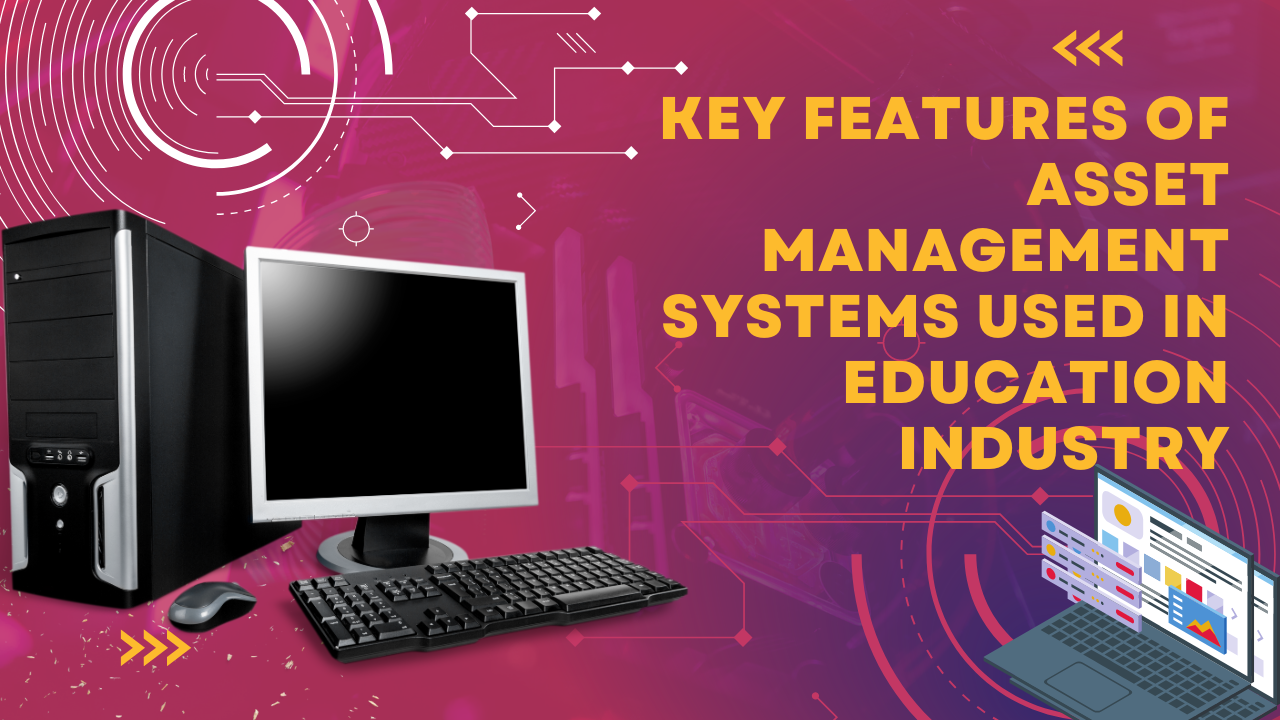The Role of Supply Chain Mapping Software in Modern Business

In the dynamic landscape of modern business, where competition is fierce and consumer expectations are higher than ever, companies must employ innovative strategies and tools to gain a competitive edge. One such tool that has gained significant prominence is supply chain mapping software. This technology has revolutionized how businesses manage their supply chains, offering insights, efficiency improvements, and risk mitigation like never before.
Contents
What is a Supply Chain Mapping Software?
Supply chain mapping software is a digital solution that allows businesses to visualize, analyze, and optimize their entire supply chain process. It provides a comprehensive view of the various stages involved in the movement of goods, from raw material suppliers to manufacturers, distributors, retailers, and ultimately, to end consumers. By leveraging data visualization techniques, such software offers a clear and concise representation of complex supply chain networks.
Complexity of Modern Supply Chains
Modern supply chains are no longer linear; they are intricate networks with multiple tiers of suppliers, intermediaries, and partners spread across the globe. This complexity can lead to inefficiencies, bottlenecks, and vulnerabilities that can impact a company’s operations, customer satisfaction, and bottom line. Supply chain mapping software addresses these challenges by offering a holistic view of the supply chain, enabling businesses to identify critical dependencies and potential risks.
What Are the Benefits of a Supply Chain Mapping Software?
Visibility and Transparency
One of the most significant advantages of supply chain mapping software is the enhanced visibility and transparency it provides. Businesses can track the movement of goods, monitor inventory levels, and identify potential disruptions in real-time. This transparency allows for better decision-making and quicker responses to unexpected events.
Risk Mitigation
Supply chain disruptions, whether due to natural disasters, geopolitical issues, or other factors, can have far-reaching consequences. Supply chain mapping software helps companies identify vulnerable points in their supply chain and develop contingency plans to mitigate risks. By diversifying suppliers and establishing backup plans, businesses can better prepare for unexpected disruptions.
Operational Efficiency
By analyzing the data generated through supply chain mapping software, businesses can identify inefficiencies and streamline their operations. This could involve optimizing transportation routes, reducing excess inventory, or improving demand forecasting. As a result, companies can achieve cost savings and improved overall efficiency.
Collaboration and Communication
Supply chain mapping software encourages collaboration and communication among various stakeholders involved in the supply chain. It enables better coordination between suppliers, manufacturers, distributors, and retailers, fostering a more cohesive and integrated network. This improved communication can lead to faster response times and better alignment with market demands.
Sustainability and Ethical Practices
Modern consumers are increasingly conscious of the environmental and ethical aspects of the products they purchase. Supply chain mapping software helps businesses trace the origin of raw materials, monitor suppliers environmental practices, and ensure compliance with ethical standards. This transparency can help companies make informed decisions that align with their sustainability goals.
Strategic Decision-making
With accurate and up-to-date data at their fingertips, businesses can make more informed strategic decisions. Supply chain mapping software enables companies to assess the impact of potential changes, such as introducing a new product, entering a new market, or altering a supplier relationship. This data-driven decision-making can lead to improved market responsiveness and increased competitiveness.
Implementing Supply Chain Mapping Software
While the benefits of supply chain mapping software are undeniable, its successful implementation requires careful planning and execution. Here are some steps to consider:
Data Integration
Gather data from various sources within the supply chain, including suppliers, production facilities, transportation partners, and distribution centers. Integrating this data into a unified platform is essential for accurate mapping and analysis.
Visualization Tools
Choose a supply chain mapping software that offers intuitive data visualization tools. Graphs, charts, and geographical maps can help transform complex data into easily understandable insights.
Collaboration Features
Opt for software that allows for collaboration among different teams and stakeholders. This promotes cross-functional alignment and ensures that everyone has access to the same accurate information.
Customization
Each business’s supply chain is unique. Look for software that can be customized to match the specific needs and complexities of your supply chain network.
Training and Adoption
Provide adequate training to employees who will be using the software. Their understanding and proficiency will be crucial to maximizing the software’s benefits.
Continuous Improvement
Supply chain mapping is not a one-time task. Regularly update and refine the data to reflect any changes in your supply chain. This ensures that the insights generated remain accurate and actionable.
Future of Supply Chain Mapping Software
As technology continues to evolve, supply chain mapping software is expected to become even more sophisticated. The integration of artificial intelligence (AI) and machine learning (ML) algorithms will enable predictive analytics, allowing businesses to anticipate disruptions and make proactive decisions. Additionally, the Internet of Things (IoT) will play a significant role in collecting real-time data from various points within the supply chain, further enhancing visibility and accuracy.
In conclusion, supply chain mapping software has emerged as a game-changer in modern business. Its ability to provide visibility, transparency, risk mitigation, and operational efficiency can significantly impact a company’s success. As supply chains become increasingly complex, the utilization of such software becomes more crucial than ever. By investing in the right supply chain mapping tools and strategies, businesses can navigate the challenges of today’s global marketplace with confidence and agility.








